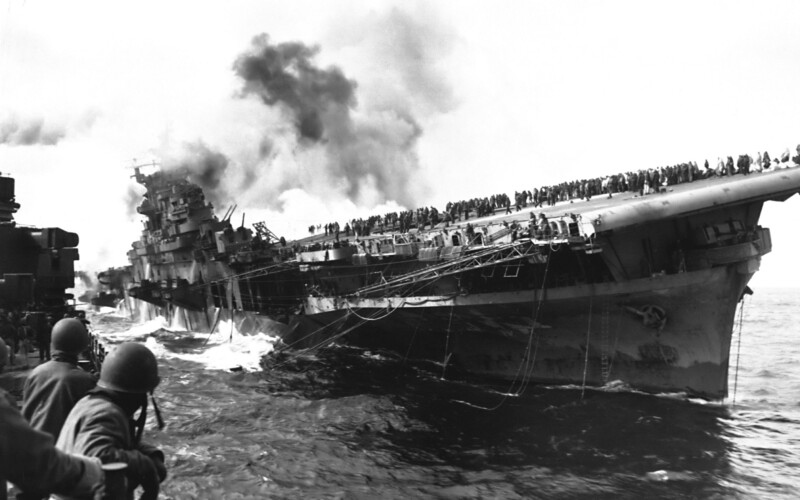Maps hold the power to organize and explain the world beyond what we can observe with our own eyes, making them extremely powerful political tools. Maps that express a geopolitical vision of how the world works (or should work) have been hugely influential in shaping military strategy, international relations, and public opinion. In this virtual program, our resident political geographer and cartographer Andrew Gustafson will give a crash course on the history of geopolitics as a discipline, using examples of these influential geopolitical imaginings from the past 150 years, from Halford Mackinder’s Heartland to Ronald Reagan’s Chokepoints; Karl Haushofer’s Pan-Regions to George W. Bush’s Axis of Evil.
- Cornell University Library Persuasive Cartography Collection
- Alfred Thayer Mahan, The Influence of Sea Power Upon History (1890)
- WATCH Victory Through Air Power (1943)
- Nicholas Spykman, The Geography of the Peace (1944)
- Saul B. Cohen, Geography and Politics in a World Divided (1963)
- President Reagan’s Address to the Nation on Central America, May 9, 1984
- Gearóid Ó Tuathail, Critical Geopolitics (1996)
- Daniel Immerwahr, How to Hide an Empire (2019)
- Thomas Barnett, “Why the Pentagon Changes Its Maps” (Esquire, 2003)
- Nick Danforth, “The End of History and the Last Map” (Foreign Policy, 2020)




